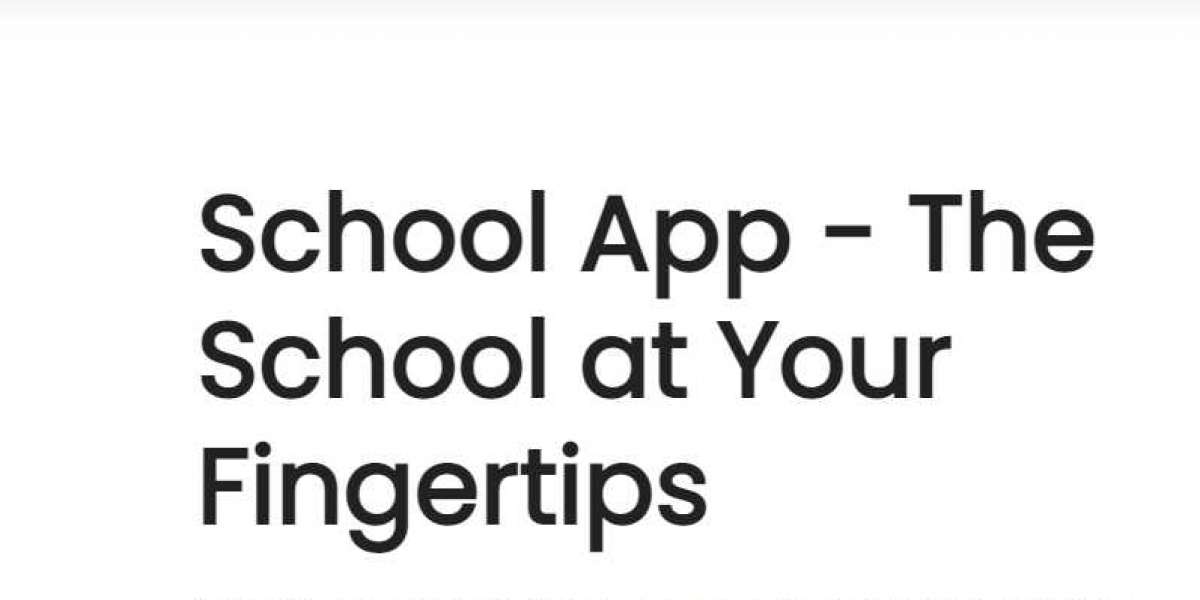The National Education Policy (NEP) system established in 2020 is a landmark milestone in the policy-making and deciding changes in the academic and education system. This article explores the scope and potential of the National Education Policy system with a focus on teachers and teacher education programs.
Introduction to the NEP System
The NEP system aims to offer essential value to all levels of education, from school to higher education levels. It follows an academic reformation model that will take hold of the existing education system and raise it to higher levels.
The system is developed and published with the view that all elements of education and academic branches should receive value and the brightest prospects when it comes to dealing with core features. These include quality, affordability, equity, access and accountability.
Aim of NEP System
The primary aim of the NEP system is to raise the standards of efficient teacher training, reforms in the existing examination process, childhood care at an early stage and remodeling of the regulatory framework policies in the education system.
NEP also intends to create value for factors like public investment in education, setting up of National Education Commission (NEC), strengthened use of technology and vocational/adult education provision schemes.
Salient Features of the NEP System
The value addition of the NEP system can be detailed using some of its vital features that guide the overall policy. These include early childhood care, curriculum framework, the Right to Education Act provisions, various exams and tests and education governance.
Other features are the national research foundation, higher educational institutions, financing education, three language formula and vocational/adult courses.
Vision of NEP
The vision statement of NEP covers a mindful learning process for the learners in developing a spiritual, intellectual and actionable model of absorbing skills, knowledge, values and responsible commitments. It tests the student’s engaging role in delivering value to human rights, sustainable development and living and improved educational standards.
NEP 2020 also covers the figurative vision of improving GER levels to 100% and 50% in primary schooling and higher education levels, respectively by 2030.
Encouraging 21st-Century Skills in the Classroom
One of the attractive aspects of NEP 2020 is the empowerment of students using new classroom skills that matches 21st-century lives and careers. Listed below are the main skills you should learn for effective personal and career development as per the NEP system guidelines.
Digital Literacy
Digital literacy is a top-priority skill for the modern age, where you must learn and know how to seek, communicate and grasp data and information on everything through active digital platforms and portals. A comprehensive knowledge of digital skills is important for personnel to survive in the modern world.
Problem-Solving
Problem-solving skills have always been part of the top talents that an individual must possess to advance in their respective fields. Nothing has changed yet, as solving different types of problems along with critical thinking is an essential part of analytical reasoning and observations.
Communication
Another skill that NEP actively promotes is communication skill. It works like a charm if you are fluent in sharing ideas and concepts with man and the environment without any barriers. Add communication skills to your interpersonal skills, and you will become unstoppable in your activities.
Critical Thinking
As we mentioned earlier, critical thinking is a crucial aspect of analytical reasoning skills. If you are a critical thinker, you will learn stuff related to gathering information, asking questions, thinking through solutions and conclusions, alternative thought processes and effective communication.
Creativity
Perhaps the most beautiful of skills or talents to possess, creativity is an absolute treasure that helps you imagine, build and accomplish several components of life. The NEP system supports and promotes the growth of creativity in learners that matches their specific skills and talents.







